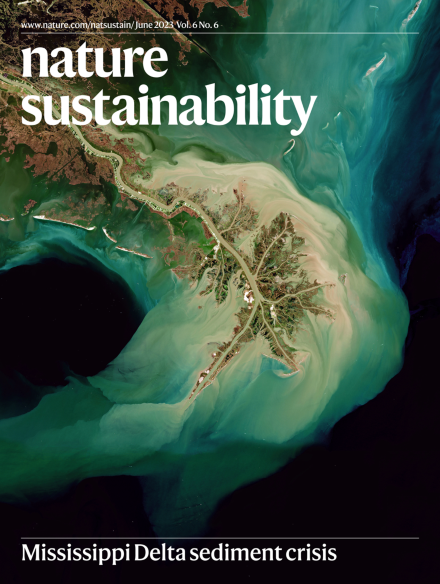废物转化为营养途径的环境缓解潜力
IF 27.1
1区 环境科学与生态学
Q1 ENVIRONMENTAL SCIENCES
引用次数: 0
摘要
将未充分利用的生物残留物(例如秸秆、粪便和木材)加工成新的食品和饲料产品,如真菌蛋白、微生物蛋白和昆虫,代表了“废物转化营养”的途径,这一途径日益得到推广,以减少粮食系统对环境的影响,包括对气候变化、土地和水资源的压力。然而,这一战略的实际环境缓解潜力取决于未来的技术进步和环境因素,这些因素仍然不确定。在这里,我们将五种传统的生物残留物增值途径与昆虫养殖、微生物转化和蛋白质提取进行了比较,通过模拟8820种未来工艺效率组合、9种食品和能源系统方案以及法国11种代表性生物残留物的生命周期评估。总的来说,将生物残留物加工成新成分只有在某些条件下才具有竞争力。其中包括获得脱碳能源、重大技术进步以及新原料取代肉类而不是动物饲料的场景。只有在维持目前对动物性食品的需求的情况下,微生物将木质残留物、粪便和污泥转化为饲料才会构成更可持续的价值增值战略。然而,在将这些系统扩展到更广泛的水平方面,还必须进一步评估这种情况的可持续性。遏制粮食系统对环境影响的努力导致了“废物转化营养”途径的发展,这种途径将生物残留物加工成食品和饲料产品,如微生物蛋白和昆虫。本文考察了这种途径在法国的环境缓解潜力。本文章由计算机程序翻译,如有差异,请以英文原文为准。

Environmental mitigation potential of waste-to-nutrition pathways
Processing underutilized bioresidues (for example, straw, manure and wood) into novel food and feed products such as fungi-based proteins, microbial proteins and insects represents ‘waste-to-nutrition’ pathways that are increasingly promoted to reduce the environmental impacts of food systems, including pressures on climate change, land and water resources. However, the actual environmental mitigation potential of this strategy depends on future technological advancements and contextual factors, which remain uncertain. Here we compare five conventional bioresidue valorization pathways with insect farming, microbial conversion and protein extraction by simulating their life-cycle assessment across 8,820 combinations of future process efficiencies, 9 food and energy systems scenarios and 11 representative bioresidues across France. Overall, processing bioresidues into novel ingredients is competitive only in certain conditions. These include access to decarbonized energy, substantial technological advancements and scenarios where novel ingredients replace meat rather than animal feed. The microbial conversion of woody residues, manure and sludge into feed will constitute the more sustainable valorization strategy only in contexts where current demand for animal-based food is maintained. However, the sustainability of this scenario must still be further appraised in terms of scaling these systems to a broader level. Efforts to curb environmental effects of food systems have led to the development of ‘waste-to-nutrition’ pathways that process bioresidues into food and feed products such as microbial proteins and insects. This paper examines the environmental mitigation potential of such pathways across France.
求助全文
通过发布文献求助,成功后即可免费获取论文全文。
去求助
来源期刊

Nature Sustainability
Energy-Renewable Energy, Sustainability and the Environment
CiteScore
41.90
自引率
1.10%
发文量
159
期刊介绍:
Nature Sustainability aims to facilitate cross-disciplinary dialogues and bring together research fields that contribute to understanding how we organize our lives in a finite world and the impacts of our actions.
Nature Sustainability will not only publish fundamental research but also significant investigations into policies and solutions for ensuring human well-being now and in the future.Its ultimate goal is to address the greatest challenges of our time.
 求助内容:
求助内容: 应助结果提醒方式:
应助结果提醒方式:


